Ecocentric Design - How To
This note describes design technologies and innovations that can support interspecies and ecocentric design
The key idea here is that design that harmoniously fits into evolved/historical environments and serves both human and nonhuman lives has to have properties that resemble those of natural production systems.
Needs
- adaptability, flexibility, openness to modification by stakeholders including future generations, other species, etc.
- geometric complexity across multiple levels
- biodegradablity, cyclical nature
- awareness of baselines, ability to integrate patterns of past success or conditions of historically established relations
- cultural innovation, because the change is so large and pervasive that existing precedents are not enough and even historical precedents do not cover what is happening
- cultural compatibility, aesthetic compatibility, awareness that functionally adequate solutions might not work because stakeholders might not recognise, value or understand them
- long time ranges, slowness, longevity
- awareness of baselines and historical precedents
- iterative design, heuristic and statistical approaches based on trial and error; needed because the knowledge of what is useful is limited and often cannot exist, for example in the case of novel ecosystems
Existing Approaches
- bioinspiration, bioinformed design, biomimicry
- cradle-to-cradle design
- slow design
- generative design, form-finding
- parametric modelling, iterative design
- optimisation
- evidence-driven design, performance-oriented design
- data science, statistical analysis, measurement, decision science, decision quality frameworks
- artificial intelligence, machine learning
- robotic technology, robotic construction, reconfigurable structures
- computer-aided manufacturing
- computer-aided design
Examples
Frei Otto is interesting for his technical and conceptual innovations. In the context of ecocentric design, this Pwork is relevant for its interest in naturally occurring patterns and structures. Resulting designs can support flexible form, can be economical, lightweight and reconfigurable.
This is a section drawings that demonstrate the flexible spatial relations made possible by the inflatable pillow skin. Observe the roof/platforms, ground/platforms relations and the flexibility of rooms and pavilions on the platforms. Can flexibly fit complex host site geometries.
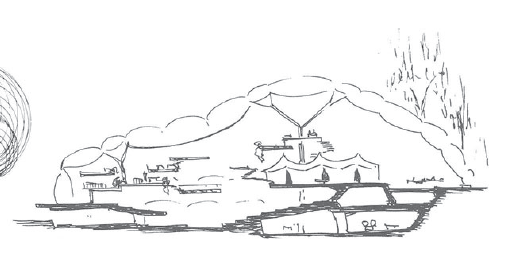
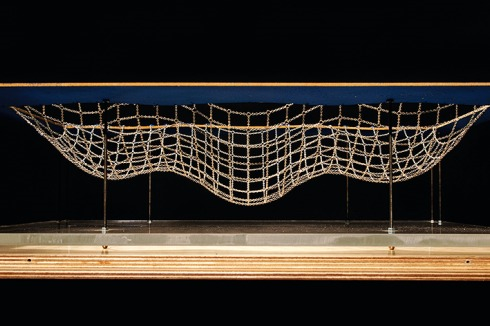
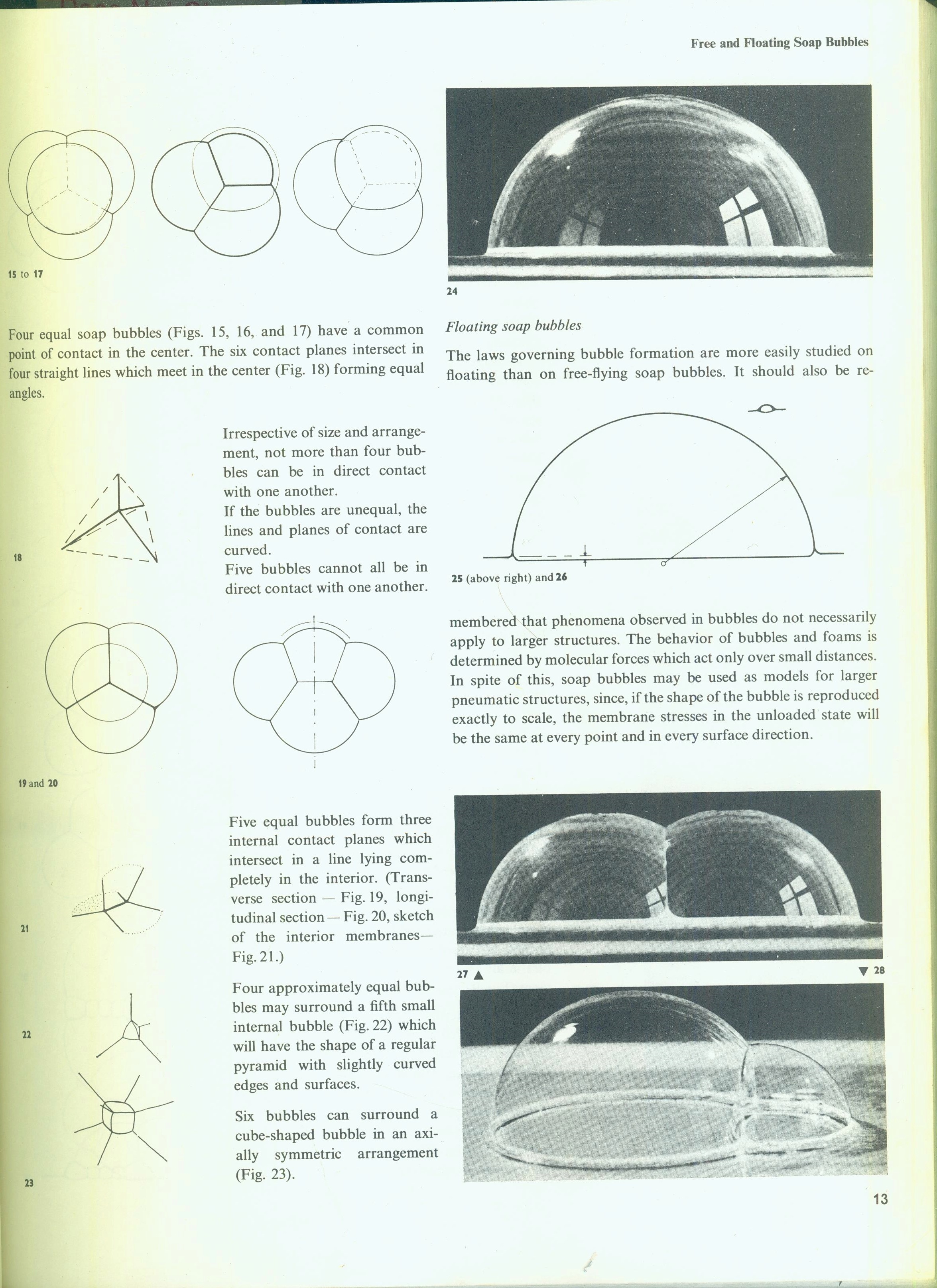
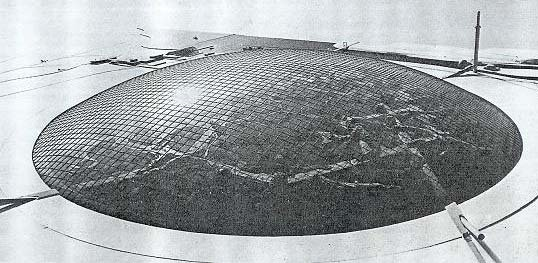
Drawings and models by Frei Otto, an architect primarily known for his model-based form-finding techniques. This section demonstrates the use of an orthogonal drawing in support of design thinking.

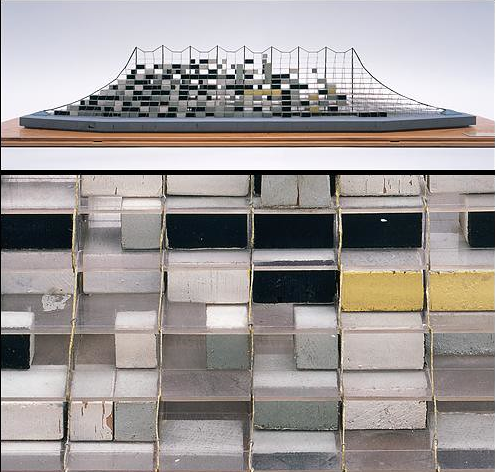
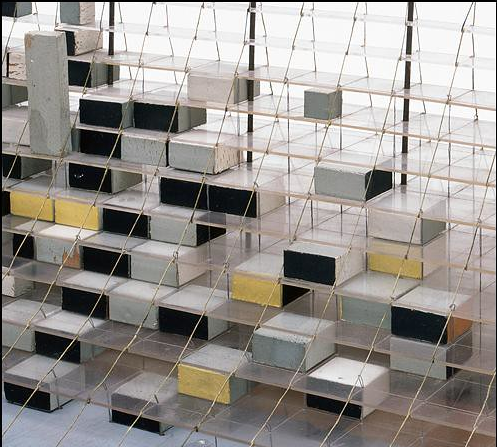
This approach allows free orientation. Flexible adaptability of modules. Standard, reusable construction techniques and a modular system.
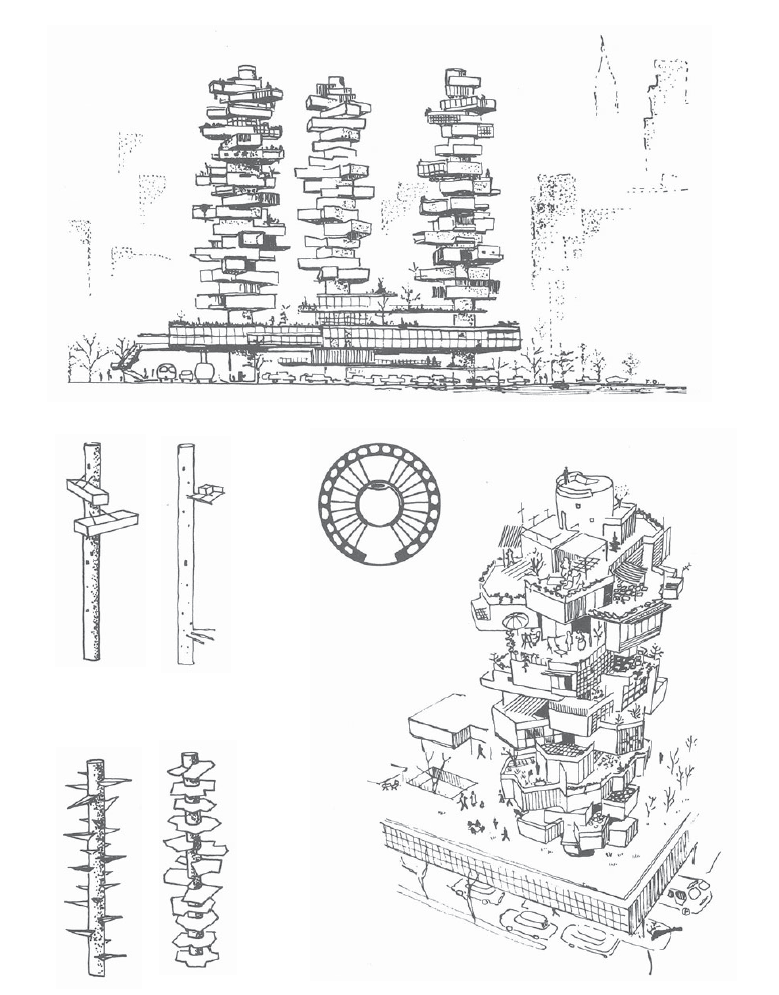
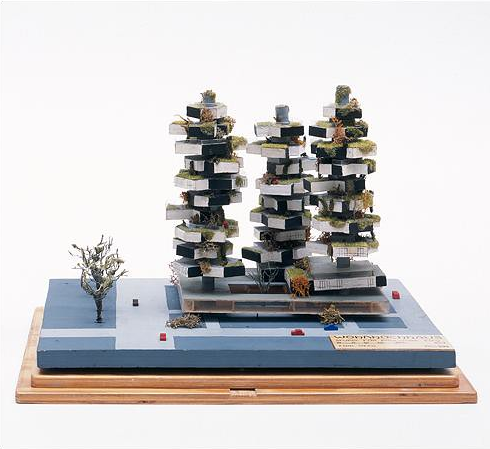
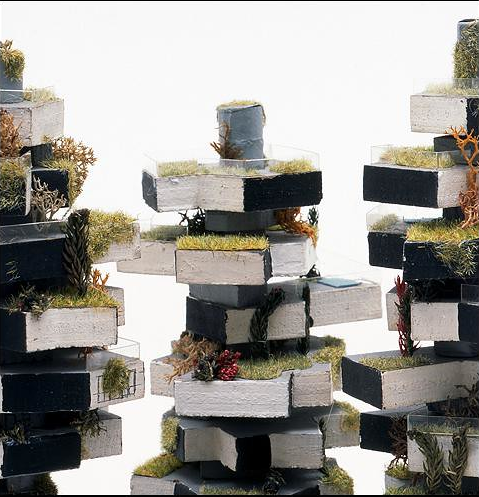
This work is interesting because it provides a range of techniques that can support the objectives of Ecocentric Design including such criteria as flexibility, adaptability, site specificity, etc.
Rock printing, pavilion, installation
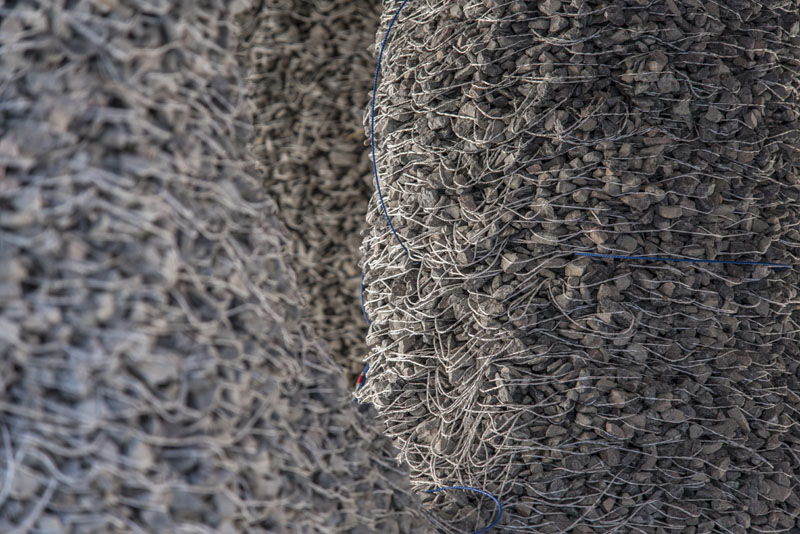
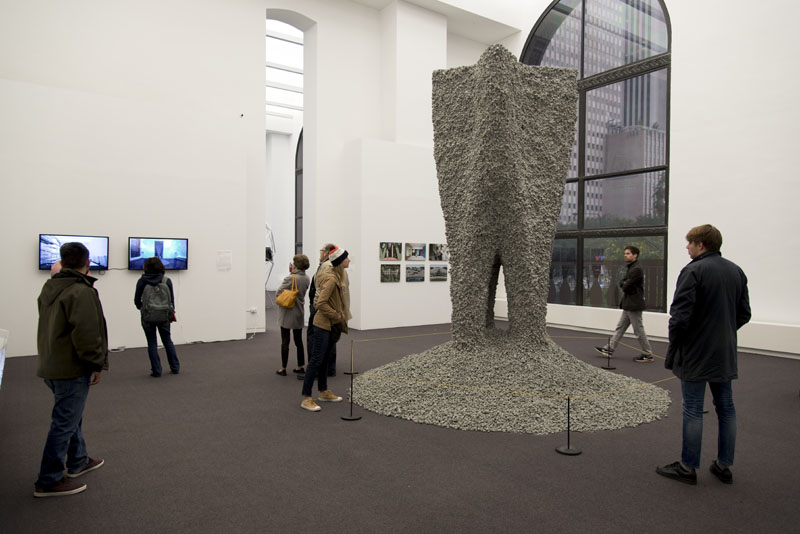
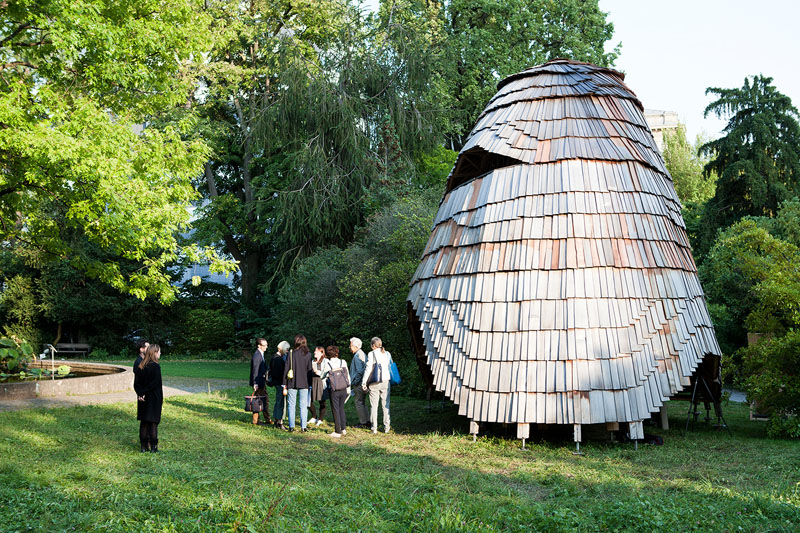
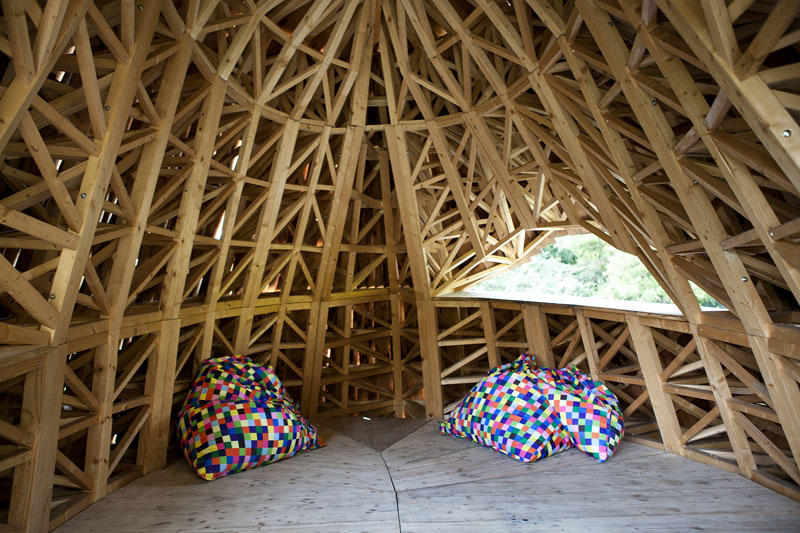
Backlinks